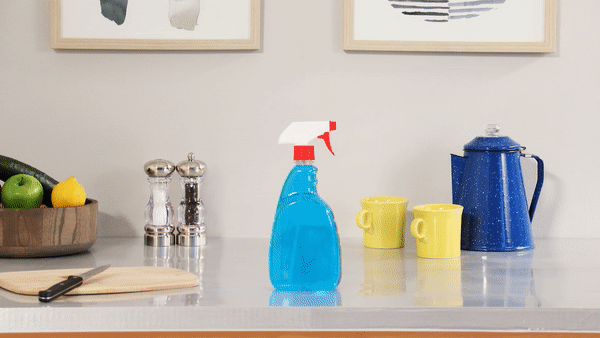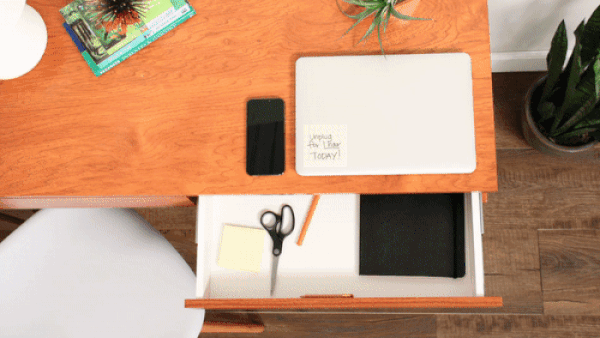8 Easy, Affordable Tips for Green Living
Reduce the negative environmental impact of everyday habits with these simple fixes.
 iStock
iStock
Practicing sustainable living habits doesn’t have to be difficult or expensive. With a few small, low-stress changes, you can do your part to help reduce your carbon footprint and promote green living practices. Here are eight ideas for living greener.
1. Buying local is the gold star of sustainable living.
Food that travels from another city or state to your plate can have an impact on the environment, and not in a good way. The shipping can use copious natural resources, contribute to transportation pollution and produce trash from extra packaging. Local food can also be a better green living fit because it may come from growers who use agricultural practices that are more environmentally friendly. And local food sales help stimulate the local economy.
2. Make your own cleaning solution.
Everyday natural products like vinegar and baking soda can clean many things. Try this all- purpose cleaner recipe:
- One part white vinegar
- One part distilled water
- 3-4 drops of lemon essential oil
Pour the solution into a glass spray bottle, shake and start cleaning. (The solution works great as a glass cleaner too.)
3. Unplug devices when you’re not using them.
Simply unplugging unused devices such as your TV can be a big energy saver. Many electronics use energy even when they’re not on. This energy loss makes up 5% to 10% of home energy consumption, according to the U.S. Department of Energy, costing the average household up to $100 per year.
Try this green living fix: Plug multiple electronics in a room into one power strip and switch it off when the devices aren’t in use. Also, a power strip with surge protection can help extend the life of your electronics in the event that there’s storm.
 iStock
iStock
4. Create natural shade with native trees.
Planting fast-growing trees will help shade your house and potentially reduce your need to run the air conditioning as much. Trees also help absorb carbon dioxide. Additional trees and landscaping may increase your property value over time. Planting trees on the west and northwest sides of a home will provide mid- to late-afternoon shade in most locations, according to the Arbor Day Foundation.
Other actions you can take:
- Ask your local librarian if your community participates in a seed library or seed exchange program.
- Request free trees for your community through the National Wildlife Foundation and get your neighborhood involved in planting.
Smart home technology can help you conserve resources and streamline your day.
Read more >>5. Go paperless with bills, statements and more.
Paying your bills online, managing your bank account online, receiving publications in your inbox rather than your mailbox, and using apps for financial and insurance account management can all help reduce paper production and waste.
Contact your AAA agent, download the AAA mobile app, or visit AAA.com/Preferences to sign up for paperless billing options on your AAA account.
6. Sidestep single-use bottles and get a reusable water bottle instead.
The number of plastic bottles that Americans discard in a year is enough to circle the Earth four times. Save money approximately $1,236 annually, according to research from Penn State University—and help cut waste by getting a reusable water bottle instead of single-use bottles. Save on sustainable products, including reusable cups and coffee cups with AAA.
Here’s a bonus green living tip: Don’t toss your washed strawberry tops or apple, cucumber and lemon peels. Just add them to your water to boost the taste.
7. Commute by bicycle when possible.
Biking to work or for errands saves money on fuel, reduces carbon emissions and boosts your own wellness goals. And to give you some peace of mind as you pedal around town: Bicycle service (even for electric bikes and scooters) is a free benefit of AAA Roadside Assistance, just in case your bike becomes disabled.
8. Schedule time to unplug digitally.
Observe a weekly digital day of rest. For one day—or even an afternoon—a week, give yourself a break from nonessential electronics. Not only does unplugging for a day help you recharge mentally, reducing energy use helps to cut carbon emissions.


